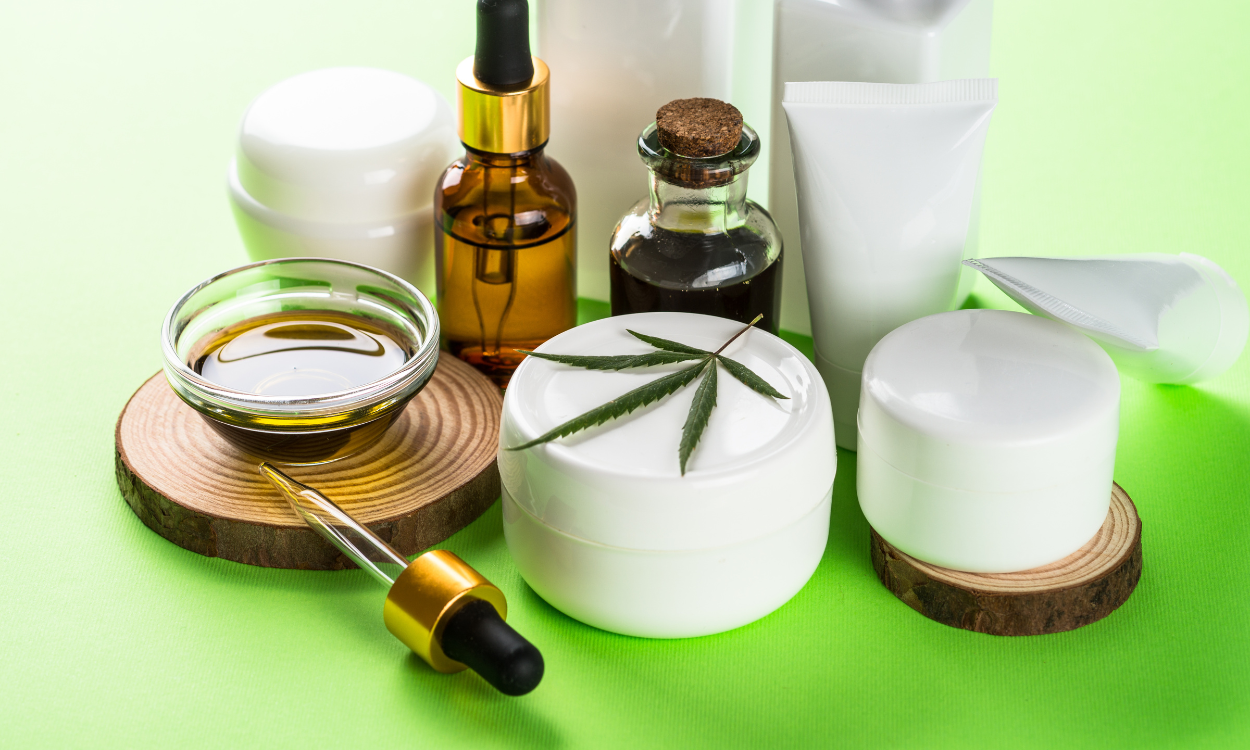Lipid extraction is a critical step in various industries such as pharmaceuticals, food processing, and biofuel production. To ensure maximum yield and purity of extracted lipids, it is essential to carefully select the appropriate solvent for the extraction process. The choice of solvent can significantly impact the efficiency of lipid extraction by affecting factors such as solubility, polarity, and selectivity. By optimizing solvent selection, researchers and practitioners can improve the overall effectiveness of lipid extraction methods and enhance the quality of the extracted lipids for downstream applications. This article will explore the key considerations for selecting the most suitable solvent for lipid extraction and provide insights on how to maximize both yield and purity in the extraction process.
Factors influencing solvent selection for lipid extraction
The key factors that affect solvent selection for lipid extraction include the polarity of the solvent, the solubility of the target lipids in the solvent, the potential for interference from other compounds present in the sample, and the toxicity and cost of the solvent. The polarity of the solvent must be compatible with the polarity of the lipids being extracted to ensure efficient extraction. Solvents with high solubility for lipids are preferred to maximize yield. Careful consideration must also be given to the potential for co-extraction of unwanted compounds that may interfere with downstream analysis. Additionally, the safety and environmental impact of the solvent, as well as the cost, should be considered when selecting a solvent for lipid extraction.

How do different solvents impact the yield and purity of extracted lipids?
The choice of solvent used in lipid extraction can significantly impact both the yield and purity of the extracted lipids. This is because different solvents have varying polarities, which can affect their ability to dissolve specific types of lipids. Non-polar solvents, such as hexane, are often used for extracting non-polar lipids like triglycerides, while more polar solvents like ethanol or methanol may be better suited for extracting polar lipids such as phospholipids. The solvent's polarity can also influence the selectivity of the extraction process, potentially leading to the co-extraction of unwanted compounds that can decrease the overall purity of the extracted lipids. Additionally, the efficiency of lipid extraction can be affected by factors such as solvent-to-sample ratio, extraction time, and temperature, all of which can further impact the final yield and purity of the extracted lipids.
Are there specific types of lipids that are more easily extracted with certain solvents?
Yes, there are specific types of lipids that are more easily extracted with certain solvents based on their chemical properties. For example, nonpolar lipids such as triglycerides and sterols are typically more easily extracted with nonpolar solvents like hexane or chloroform, whereas polar lipids such as phospholipids may require more polar solvents like ethanol or acetone for effective extraction. The choice of solvent is crucial in lipid extraction as it determines the efficiency and selectivity of the process, ensuring that the target lipids are extracted while minimizing interference from other compounds present in the sample.
How can we balance the need for high yield with the desire for high purity in lipid extraction?
Balancing the need for high yield with the desire for high purity in lipid extraction involves carefully selecting the extraction method and optimizing the process parameters. Techniques such as solvent extraction, supercritical fluid extraction, and cold pressing can be used to maximize yield while also ensuring minimal contamination. Additionally, employing multiple purification steps such as filtration, centrifugation, and chromatography can help remove impurities and increase the purity of the extracted lipids. By carefully controlling various factors such as extraction time, temperature, and solvent type, it is possible to achieve a balance between high yield and high purity in lipid extraction.
What methods can be used to determine the optimal solvent for a specific lipid extraction process?
Several methods can be used to determine the optimal solvent for a specific lipid extraction process, including trial and error testing with different solvents to see which one yields the highest lipid extraction efficiency, studying the solubility of the target lipids in different solvents, considering the polarity and compatibility of the solvent with the lipid being extracted, and conducting literature reviews or consulting experts in the field to identify commonly used solvents for similar lipid extractions. Additionally, techniques such as gas chromatography-mass spectrometry (GC-MS) can be utilized to analyze the composition and purity of extracted lipids to assess the effectiveness of the chosen solvent.

Are there any novel solvents or solvent combinations that show promise for improving lipid extraction efficiency?
There are several novel solvents and solvent combinations that have shown promise for improving lipid extraction efficiency, such as ionic liquids, deep eutectic solvents, and supercritical fluids. These alternative solvents offer advantages such as higher lipid solubility, increased selectivity, and reduced environmental impact compared to traditional organic solvents. Additionally, some studies have demonstrated that solvent combinations, such as mixtures of polar and nonpolar solvents, can enhance lipid extraction by targeting different components of the lipid matrix. Overall, these emerging solvents and solvent systems hold potential for improving lipid extraction efficiency in various applications, including food, pharmaceuticals, and biofuels.
How do environmental concerns factor into solvent selection for lipid extraction?
Environmental concerns play a significant role in solvent selection for lipid extraction as certain solvents can have harmful effects on ecosystems and human health. Solvents that are toxic, flammable, or ozone-depleting are often avoided in favor of more environmentally friendly options. Additionally, the disposal of solvents after extraction is also taken into consideration to minimize negative impacts on the environment. Choosing solvents with low toxicity, biodegradability, and minimal environmental impact helps to ensure sustainable and eco-friendly lipid extraction processes.
Understanding the Impact of Solvent Physical Properties on Lipid Extraction
The physical properties of solvents, such as polarity and viscosity, play a crucial role in optimizing lipid extraction. Polarity is important because lipids are non-polar compounds, so a polar solvent can effectively dissolve and extract them. Viscosity also plays a role as it affects the ability of the solvent to penetrate and interact with the lipid molecules. By selecting a solvent with the right combination of polarity and viscosity, researchers can maximize lipid extraction efficiency and yield. Additionally, the physical properties of solvents can also impact the selectivity of the extraction process, allowing for the separation of specific lipid fractions or compounds.
Optimizing Solvent Selection for Maximized Yield and Purity in Lipid Extraction
In conclusion, optimizing solvent selection for lipid extraction is crucial in maximizing both yield and purity of the extracted lipids. By carefully considering factors such as solubility, polarity, and selectivity of solvents, researchers can choose the most suitable solvent for a specific lipid extraction process. Additionally, employing techniques such as solvent mixtures or sequential extractions can further enhance the efficiency of lipid extraction. By continuously refining solvent selection strategies, researchers can achieve higher yields and purities of extracted lipids, ultimately advancing the effectiveness of lipid extraction processes in various industries.
